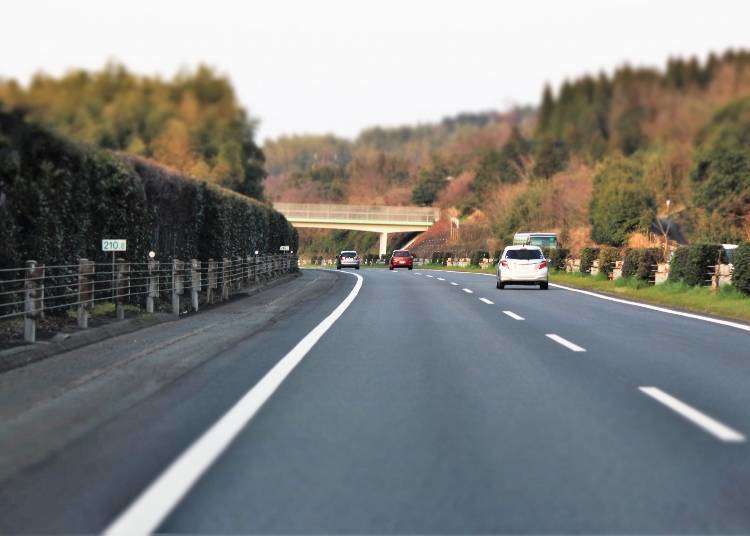
Driving in Hokkaido: Japanese Traffic Rules You Need to Know
- Written by: Minna no Kotoba Sha
Driving in Hokkaido, which is a very big region, makes a lot of sense for making the most of your time. This is because if you use public transportation then you can lose time waiting for trains and buses to arrive and depart. In more rural areas there are relatively few trains or buses, and if you miss the departure time then you may have to wait hours for the next one.
However, if you travel by car in Hokkaido you can reach anywhere that you want, and according to your own timing.
The other side of the coin is that if you drive around without checking on the traffic laws for Japan, or information on highways in Hokkaido, then you are in danger of getting involved in an accident.
So in this article, we will go over traffic rules and how to go about driving safely.
- Table of Contents
-
- In Japan, it is left-hand traffic and right-hand drive
- Don’t drive on the side of the road!
- Check the meaning of road signs!
- (1) Stop
- (2) One way Traffic
- (3) No Entry
- (4) Only Designated Directions Permitted
- Pay Attention to Intersections
- Keep an eye on the gas
- Be careful about speeding and summer parking
In Japan, it is left-hand traffic and right-hand drive
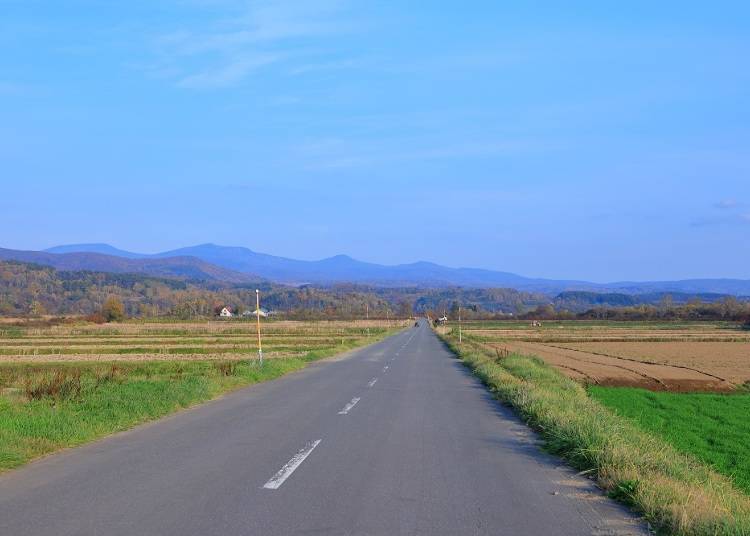
While most countries use right-hand traffic systems, Japan is one of the few countries that have left-hand traffic. If you pull into a road and mistakenly go into the wrong lane towards traffic, then, to say the least, this is extremely dangerous.
This means you really need to be aware of what lane you are in, and which lane you should be in. The driver’s seat is on the right-hand side. In particular, when you take a left-hand turn, it is important to check both the side and rear mirrors to watch out for bicycles and pedestrians.
Also, make sure to properly check the direction traffic is going in when turning off highways so that you don’t come out of the wrong exit.
Don’t drive on the side of the road!

The white line on the left-hand side of the direction you are traveling in is called the roadside strip. It is a dividing line to ensure that there is a space for pedestrians and bicycles (bicycles can only pass on the left side) on roads where there is no sidewalk. Vehicles are not permitted to drive beyond this line.
The side strip can be different, for example, it can be one solid line, a broken line, or two solid lines, and these do have different meanings, but in all cases vehicles are not permitted to drive beyond them. Roads in Hokkaido often have wide strip lines to avoid the road from narrowing due to snow in winter. Even if it is a wide side strip, don’t be driving in Hokkaido on the other side of it.
Check the meaning of road signs!
Many traffic accidents involving foreign drivers are due to misunderstandings about road signs. The design of traffic signs depends on the country, but many of the warning signs that inform drivers of danger are triangular or diamond, while the background color is circled with a red frame for restrictions and prohibitions.
Japanese traffic signs are basically the same as elsewhere, but some are written in the Japanese language and others are quite unique to Japan. Let’s look at some important traffic signs you'll encounter while driving in Hokkaido.
(1) Stop
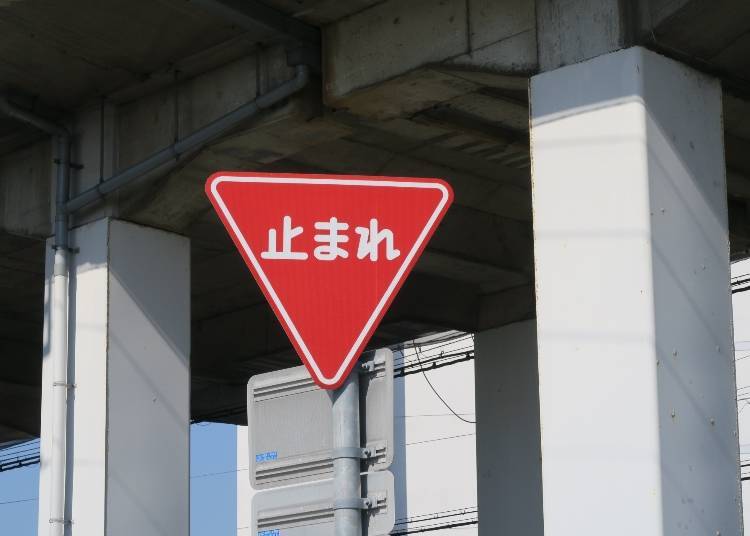
This means that you must stop where the sign is, or at the stop line if there is one. Don’t try to just drive slowly; stop, and check your surroundings.
Japan is the only country that uses an inverted triangle as a stop road sign. Sometimes they use STOP, but mostly they are written in Japanese. Unfortunately, there is no choice except to learn what stop looks like in Japanese.
(2) One way Traffic
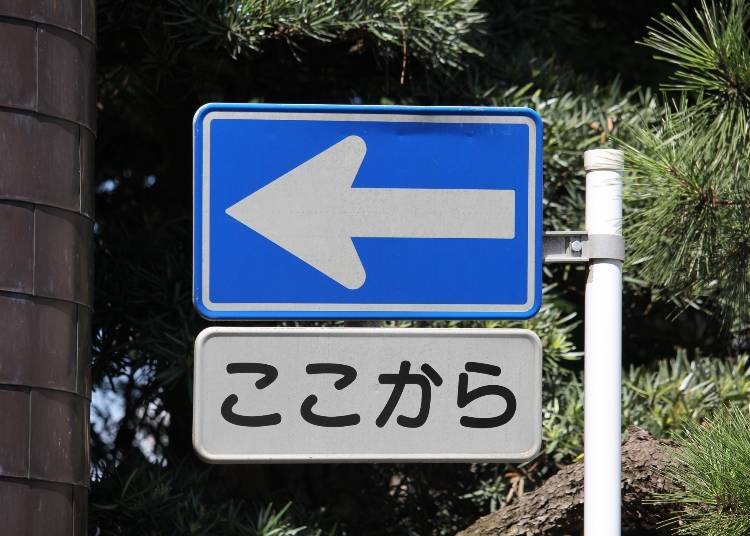
This road sign means that you can drive only in the direction where the arrow is facing. In other words you can’t drive in the opposite direction of the arrow. The Japanese words ここから mean “from here”, which refers to the point where the sign is.
(3) No Entry
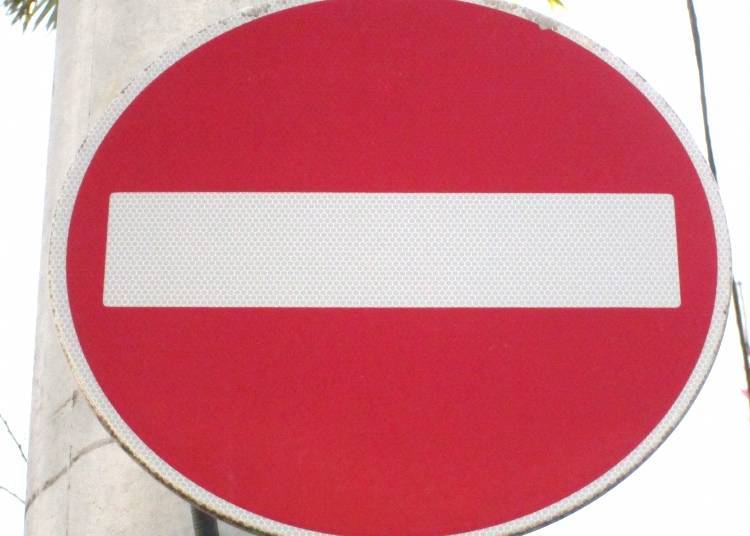
These are installed on the exit side of roads with one way traffic regulations. Vehicles may not enter from the location where this sign is located. If you ignore this sign then you will drive into on-coming traffic and have an accident.
There is a sign similar to this one which means the road is closed. In other words, if you see this sign it means the road is closed to traffic. As such be careful not to drive beyond these signs.
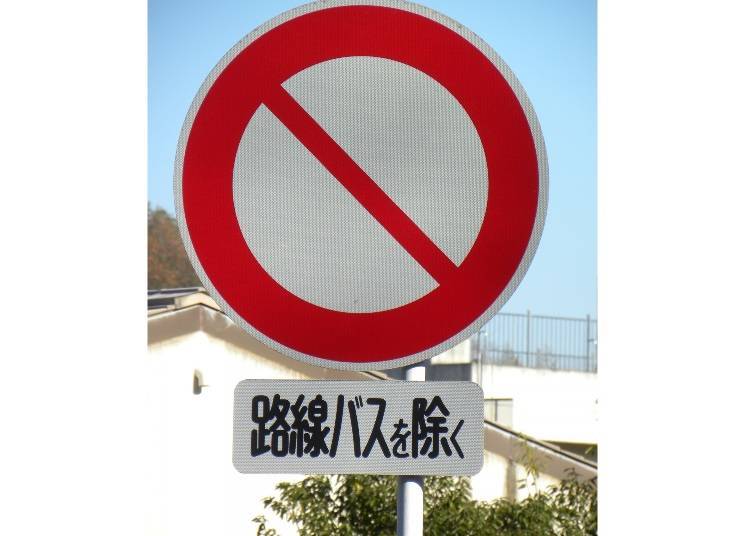
(4) Only Designated Directions Permitted
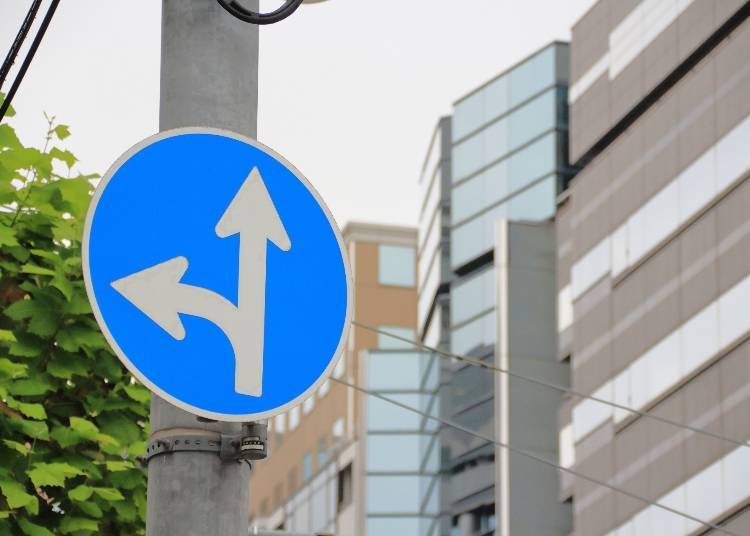
This sign means you may only drive in the direction of the directing arrows. You can’t drive in any direction apart from those shown. You need to be careful of this sign as the arrows show different directions that can be traveled on.
You can go straight in one direction, but you are also permitted to go left or right depending on the sign. It can be confusing to see when driving and you don’t have time to think quickly, but basically a circular sign is for prohibitions against driving in directions then those shown, and a square sign is for a one-way direction of travel.
Pay Attention to Intersections
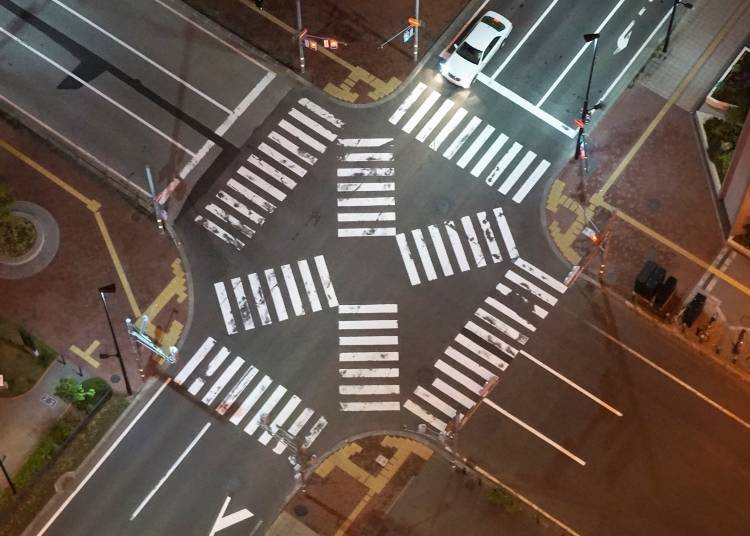
Most accidents occur at intersections. In Japan, cars at intersections give priority to pedestrians, and oncoming traffic also takes priority. The order in who takes priority is as follows, pedestrian, left-turning traffic, and oncoming traffic when you want to turn right.
There are many collision accidents where a vehicle trying to turn right has hit oncoming traffic. When you want to turn right, make sure to check all traffic around you as well as oncoming traffic.
There are locations where a flashing signal is installed at intersections with little traffic. A red flashing traffic signal means you must stop. Don’t try to drive slowly or ignore these signals just because you can’t see much pedestrian traffic.
In the case of a yellow flashing signal, it means to slow down and pay attention to other vehicles and pedestrians. In Hokkaido, flashing signals often appear on suburban and rural roads. It is best to try to remember this.
Keep an eye on the gas
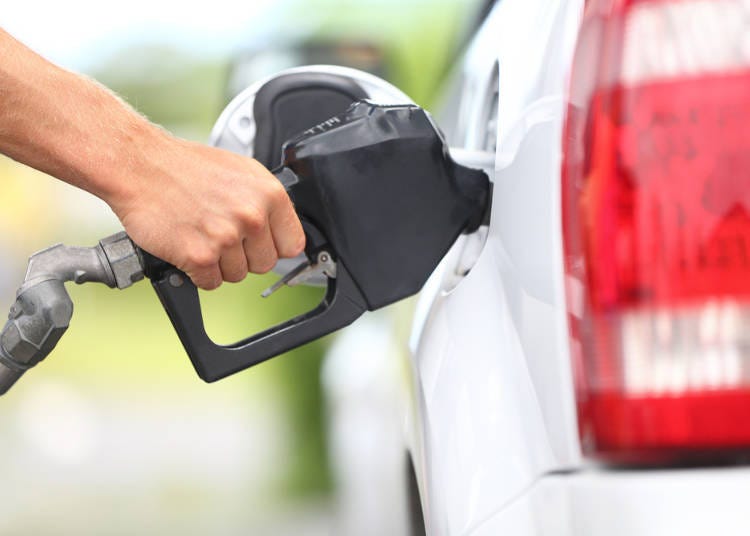
It goes without saying that if you are driving a long distance then you need to keep an eye on how much gas you have.
Even if you think you still have enough left, it’s better to be careful and fill up. While there are service areas and parking areas on highways, there are many places in Hokkaido that don't have gas stations, so the number of places where you can fill up, depending on the area, can be quite limited.
Doto Expressway, which is a highway connecting Chitose City and Kushiro City, is famous for the fact that there are no gas stations over quite a long distance. Every year there are about 100 incidents on the Doto Expressway involving motorists who run out of gas, so there are signs that encourage people to fill up before entering the expressway.
Also, when you drive out into very rural areas you will find that there are stations that are closed in the evening and there are those that don't sell high-octane gas. In other words, always keep an eye on how much gas you have, and be careful to fill up the tank when you can.
Be careful about speeding and summer parking
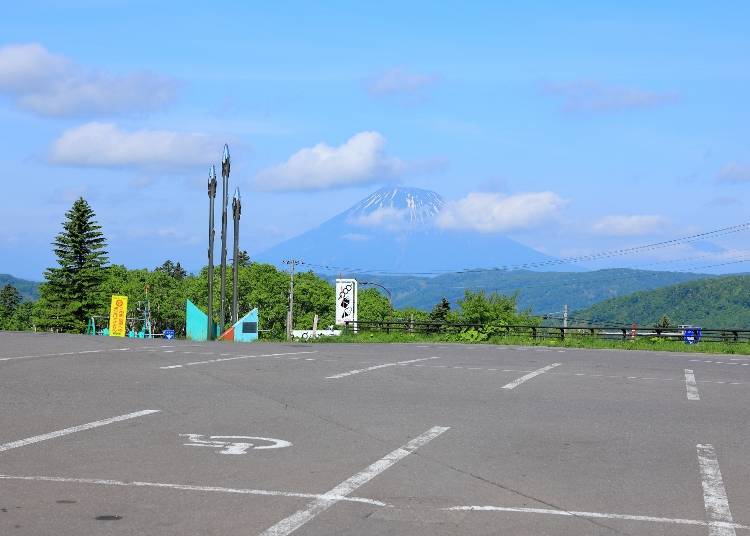
In Hokkaido, there are many long straight roads out in rural areas where the landscape rolls on forever. This makes it difficult to determine how fast you are going because the scenery doesn’t change, and you can find yourself accidentally going faster than you expected. This is true of driving in any situation, but be sure to keep an eye on your speed.
Hokkaido is a relatively cool region, but you need to be careful of sunlight in summer. Parking lots at tourist spots usually don’t have roofs. So if you leave your car parked under the blazing sun for a long time, then this can lead to car trouble or overheating. You can enjoy your car journey much more if you have something like a sunshade for your car.
Minna no Kotoba Sha is a production company founded by an editor with extensive experience in editing local magazines in Sapporo. For over 20 years, our team has conducted research and written articles across Hokkaido, with Sapporo as our primary hub. Our diverse portfolio includes the production of various books such as travel guides, informational magazines, and collections showcasing the picturesque landscapes of Hokkaido. Comprised entirely of women, the team at Minna no Kotoba Sha boasts diverse interests, including a passion for travel, culinary delights, and alcoholic beverages. The scope of our communication efforts spans a wide range, covering everything from introducing notable restaurants to providing coverage of local events and sharing stories of leisure experiences.
- Area
- Category
*Prices and options mentioned are subject to change.
*Unless stated otherwise, all prices include tax.
Popular Tours & Activitiess
Recommended places for you
-
Appealing

Asahiyama Zoo
Zoos, Aquariums & Botanical Gardens
Asahikawa
-

Niseko Village Ski Resort
Skiing & Snowboarding
Niseko / Rusutsu
-
Appealing

Rukku and Uohei
Izakaya
Sapporo / Chitose
-
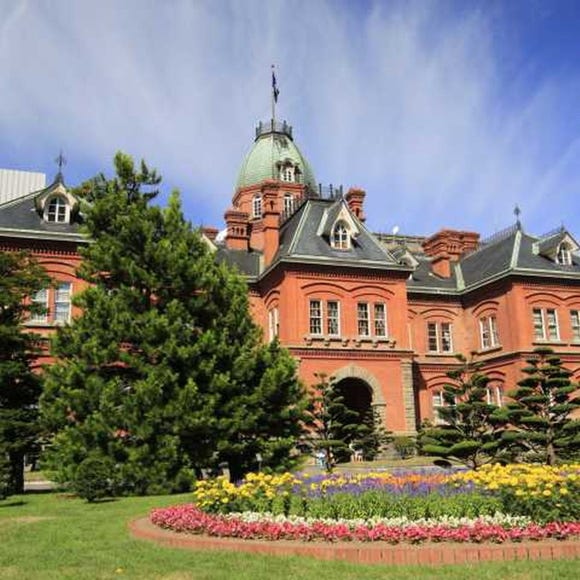
Former Hokkaido Government Office Building (Red Brick Office)
Other Historic Sites
Sapporo / Chitose
-

Farm Tomita
Other Nature
Furano / Biei / Sounkyo
-
Appealing

Sapporo Ramen Yokocho
Ramen
Sapporo / Chitose
-
Ad

Cycling Through Hokkaido: Discover the Beauty of Memuro and the Tokachi Plains
-

Beyond Hakodate and Matsumae: Enjoy the Hidden Gems of Hokkaido’s Donan Area
-
Ad

Sapporo SATUDORA Shopping Guide: Get Souvenirs, Medicine & More at This Iconic Drugstore (Special Deal Inside!)
-

Great Local Eats: 5 Expert-Recommended Local Chain Restaurants in Hakodate
by: Nobuka Kawashima
-

BIGGEST SALE ALERT! SATUDORA Tax-Free Winter Sale: Stack Coupons for Massive Savings!
by: Guest Contributor
-

7 Iconic Hokkaido locations that will make your Instagram shine
by: Himanshi Shah
-

The Best of Japan: 11 Major Cities Every Traveler Should Visit
-

Sapporo New Chitose Airport (CTS): Complete Guide to Restaurants, Souvenirs, Shopping & More!
-

Otaru Travel Guide: Inside Hokkaido's Leading Destination (Sightseeing, Food, and Shopping Tips)
-

Healthcare in Japan for Tourists: What to Do When You Get Sick or Injured in Japan
-

5 Cool Tomamu Activities: This Area in Japan Takes Snow Fun to a New Level
-

The Otaru Canal Cruise: Enjoy the Sea and Gorgeous Brick Buildings!
- #best sushi hokkaido
- #things to do hokkaido
- #best ramen sapporo
- #what to bring to japan
- #new years in tokyo
- #what to buy in ameyoko
- #japanese nail trends
- #what to do in odaiba
- #onsen tattoo friendly tokyo
- #daiso
- #best sweets otaru
- #japanese fashion culture
- #best nature furano
- #japanese convenience store snacks
- #best japanese soft drinks
















